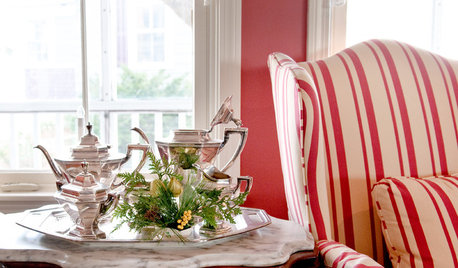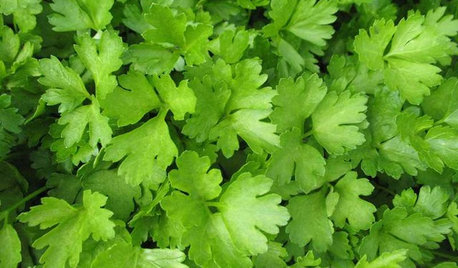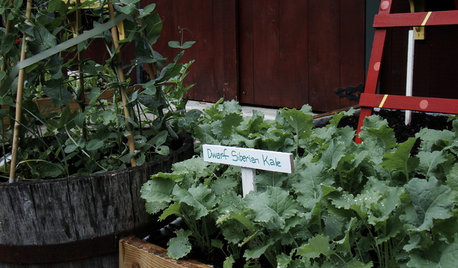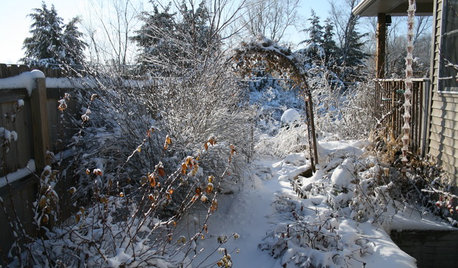Are these symptoms of Leaf Curl? If so, how to treat it?
mcgyvr2009i
9 years ago
Related Stories

LIFESimple Pleasures: Indulging in Teatime
Get out the china cups and cream-slathered scones. Tea with treats can make even an uneventful day feel extravagant
Full Story
EDIBLE GARDENSHerb Garden Essentials: Grow Your Own Parsley
Mere garnish no more, parsley comes in flavorful and interesting varieties to decorate the garden and jazz up your cooking
Full Story0

EDIBLE GARDENSCool-Season Vegetables: How to Grow Kale
This leafy green superfood is also a superhero in the garden through fall chills and winter snow
Full Story
GARDENING GUIDESWhat's Wrong With My Plant? Leaves Often Hold the Clues
Learn how to identify common plant ailments by reading their leaves
Full Story
HOUSEKEEPINGTo-Dos: Your September Home Checklist
Boost the comforts of home for fall with a few of these ideas for stocking up and staying cozy
Full Story
PETSGarden Alert: 22 Plants to Keep Away From Pets
Avoid potential danger by keeping dogs and cats away from these landscaping and houseplant favorites
Full Story
GARDENING GUIDESNew Ways to Think About All That Mulch in the Garden
Before you go making a mountain out of a mulch hill, learn the facts about what your plants and soil really want
Full Story
EDIBLE GARDENSGrow Plum Hybrids for Your Favorite Fruit Flavors
Plums are cozying up with apricots, peaches and even cherries — here’s how to grow these hybrids for the best aspects of each
Full Story
LIFE6 Ways to Beat the Winter Blahs
Snow and dark days dampening your spirits? These ideas will have you looking on the bright side
Full Story
KITCHEN DESIGNWonderful Wood Countertops for Kitchen and Bath
Yes, you can enjoy beautifully warm wood counters near water sans worry (almost), with the right type of wood and sealer
Full Story







agrocoders
fruitnut Z7 4500ft SW TX
Related Professionals
Carlisle Landscape Architects & Landscape Designers · New Bedford Landscape Architects & Landscape Designers · Citrus Heights Landscape Architects & Landscape Designers · Hershey Landscape Architects & Landscape Designers · River Forest Landscape Architects & Landscape Designers · Roosevelt Landscape Architects & Landscape Designers · Seabrook Landscape Architects & Landscape Designers · Canton Landscape Contractors · East Patchogue Landscape Contractors · Forest Hills Landscape Contractors · Fruit Heights Landscape Contractors · Hilo Landscape Contractors · Plainview Landscape Contractors · Washington Landscape Contractors · Forest Hill Landscape Contractorsmcgyvr2009iOriginal Author
mcgyvr2009iOriginal Author
Kevin Reilly
fruitnut Z7 4500ft SW TX
drew51 SE MI Z5b/6a
agrocoders
Bradybb WA-Zone8